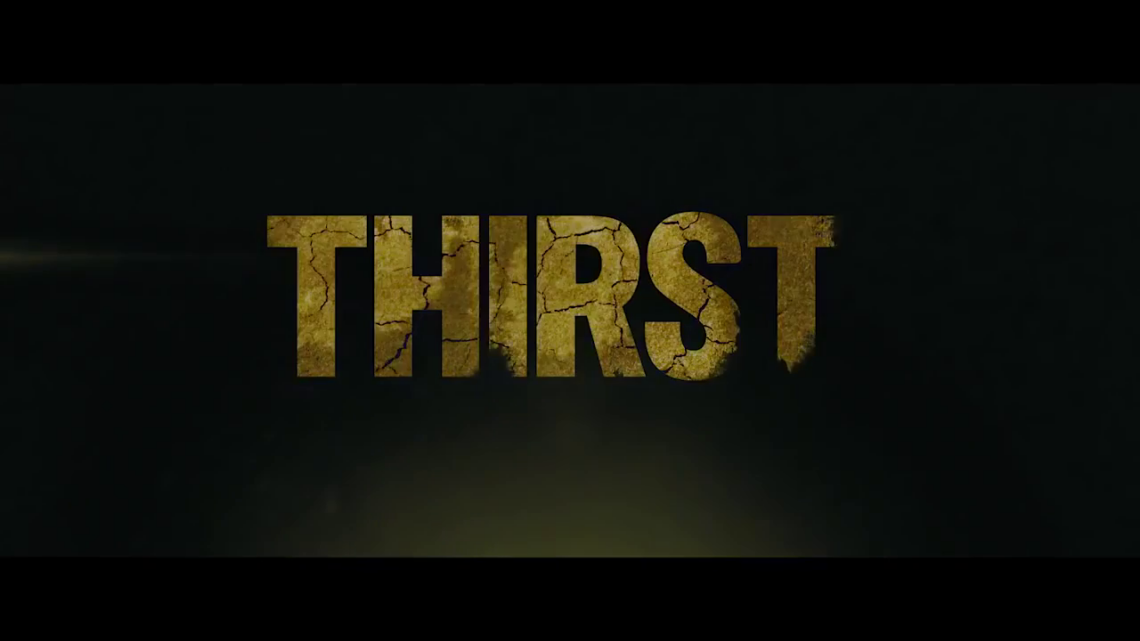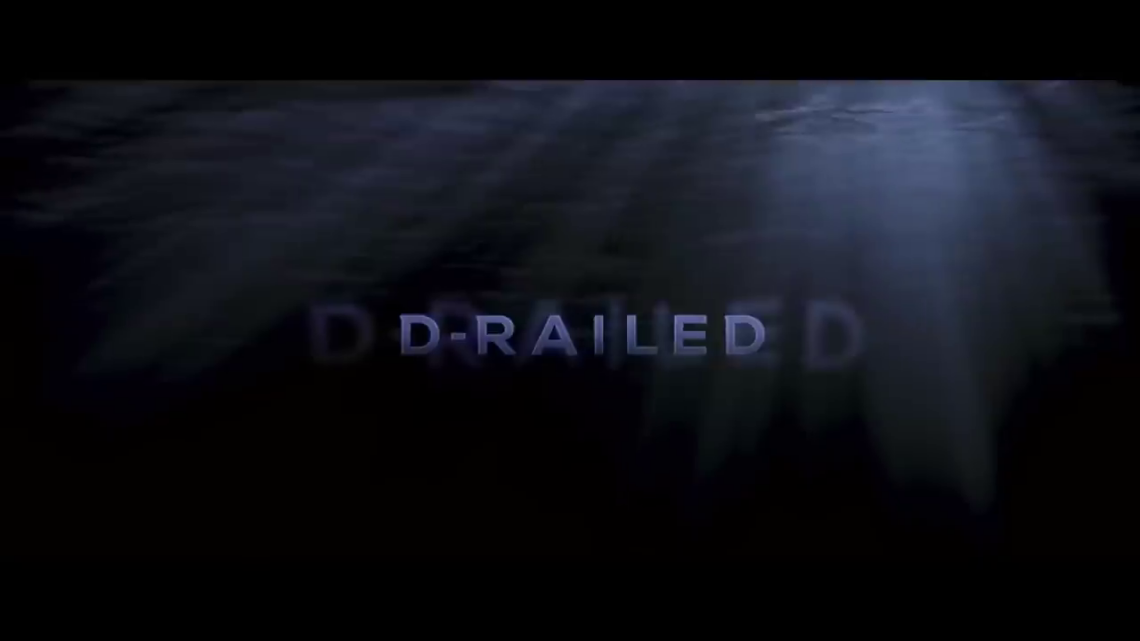-
#662 – Viral (2016)
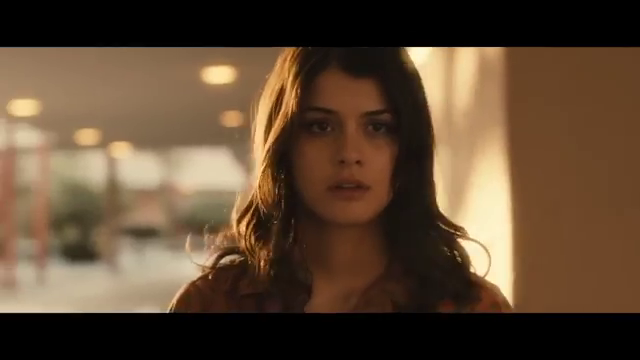






Viral (2016)
Film review #662
Director: Ariel Schulman; Henry Joost
SYNOPSIS: When a parasitic infection starts to spread in a suburb, the entire town is quarantined, and Stacey and Emma, two sisters, are caught within while their parents are out of town. As people they know are taken over by the parasite, which turns them into aggressive , ravenous monsters, the survivors must find a way to survive…
THOUGHTS/ANALYSIS: Viral is a 2016 sci-fi horror film. Stacey and Emma are Sisters that move to a Californian suburb with their parents. When an outbreak of ‘worm flu’ hits the area, the Sisters are trapped in the quarantine zone, while their parents are away, and must find a way to survive as their neighbours are infected and turn into ravenous, aggressive monsters. Following the typical script of a viral/infected outbreak, the two Sisters must try and survive amidst a host of typical teenage problems. While a low-budget film with not much in the way of flashy setups or large-scale events, the film at least has a coherent narrative focusing on the two sisters, and hinging everything around that. The rest of the teen drama stuff rarely hits home, and lacks a similar investment.
The premise of the film is revealed quite clearly, although perhaps a bit on the nose that Emma and Stacey’s Father is a biology teacher who just so happens to be an expert in parasitic infections. While the effects are mostly low key, I found the gore and bodily infections very visceral and disturbing; which is undoubtedly what is intended. While the dynamic between the two sisters drives the story along, other plot elements lag behind, and other characters seem to hang about doing very typical things that don’t distinguish them. The film loses its way towards the ending, and I don’t think had any real idea what to do to conclude it, so it just…doesn’t.
While Viral is for the most part a very typical outbreak horror film, it does provide some entertainment at its core, and some nasty effects to make its atmosphere stick. Outside of that though, there’s not much that is memorable or interesting amidst the many other films like it.
-
#620 – Thirst (2015)
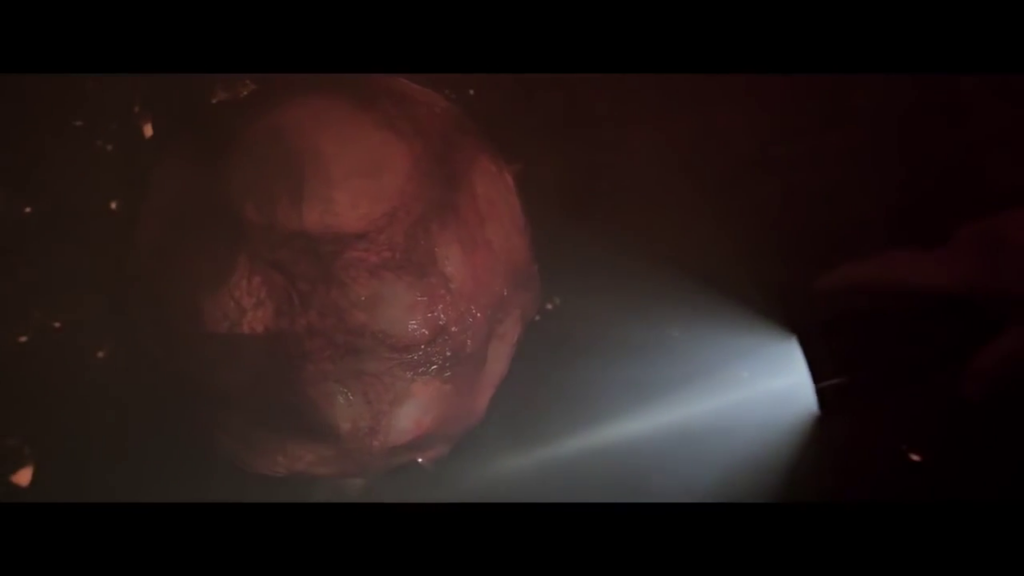
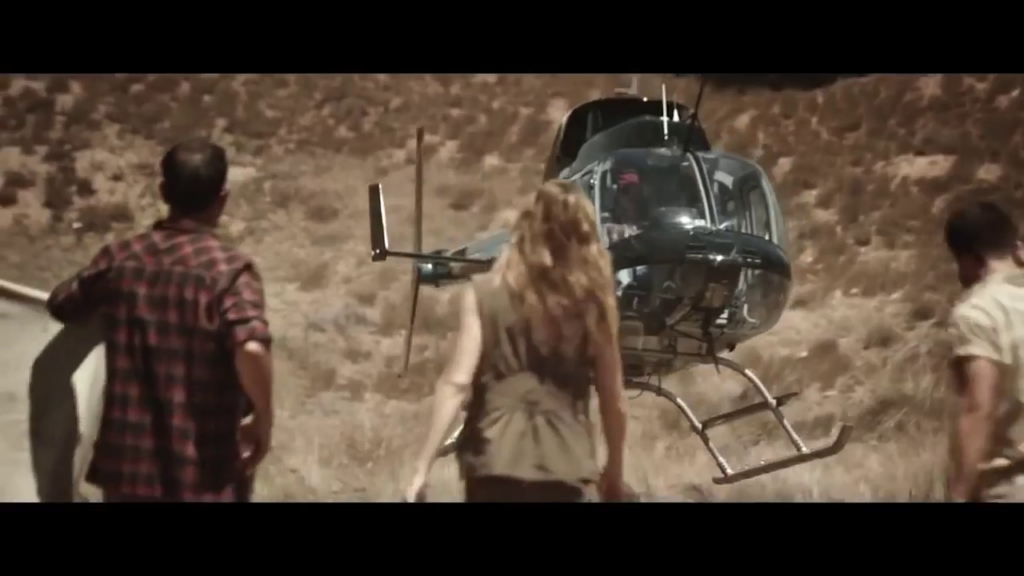
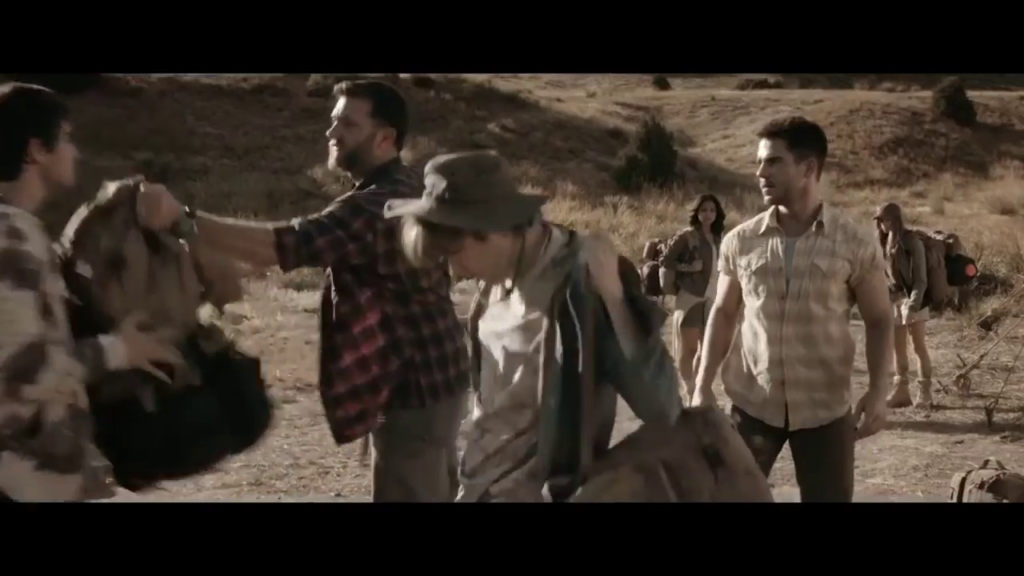
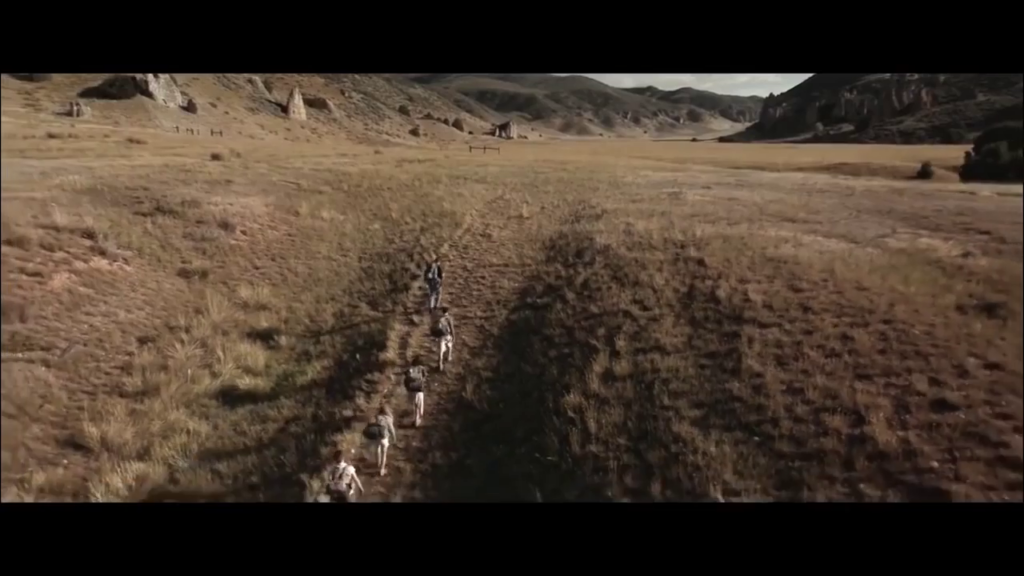
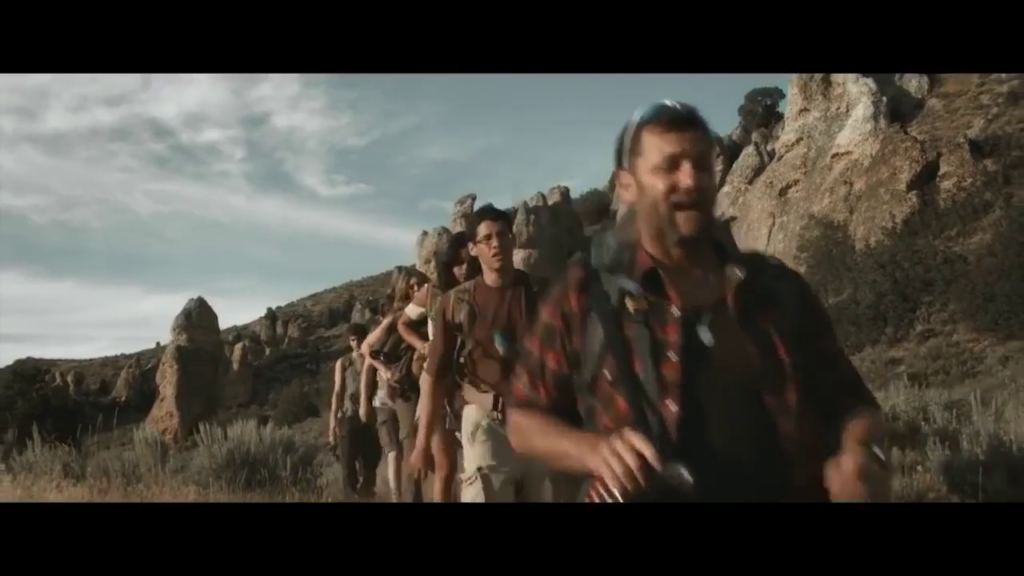
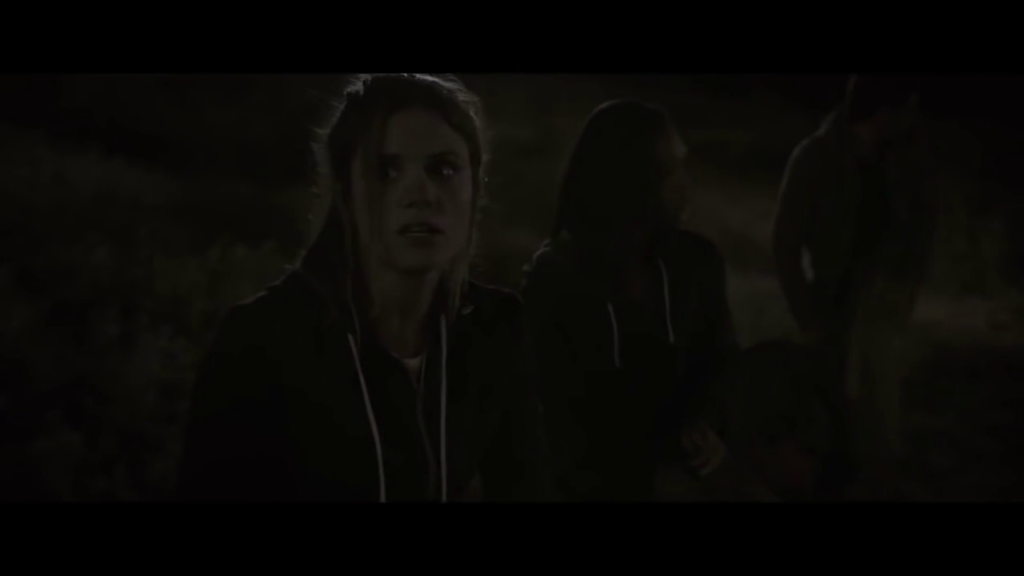
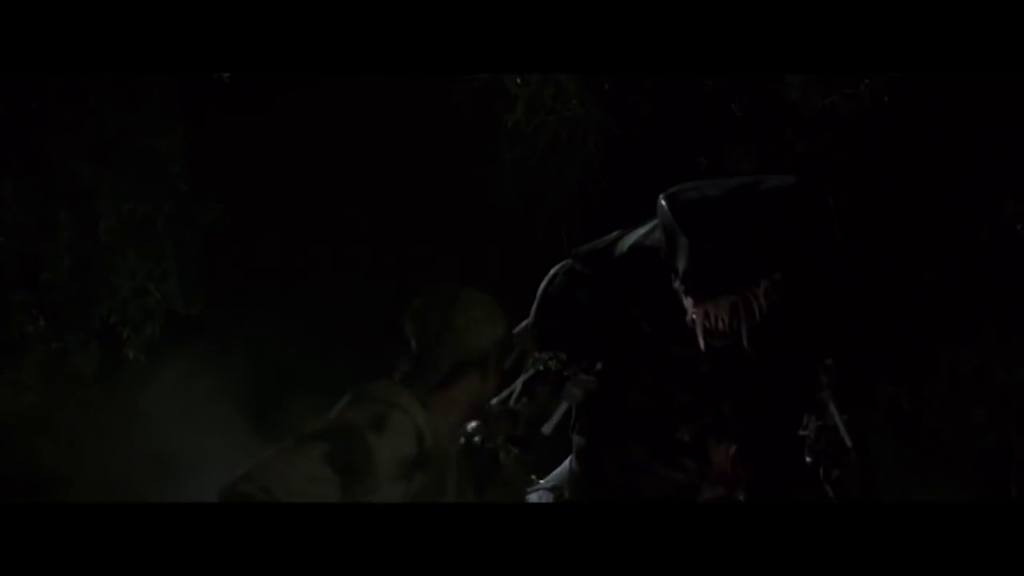
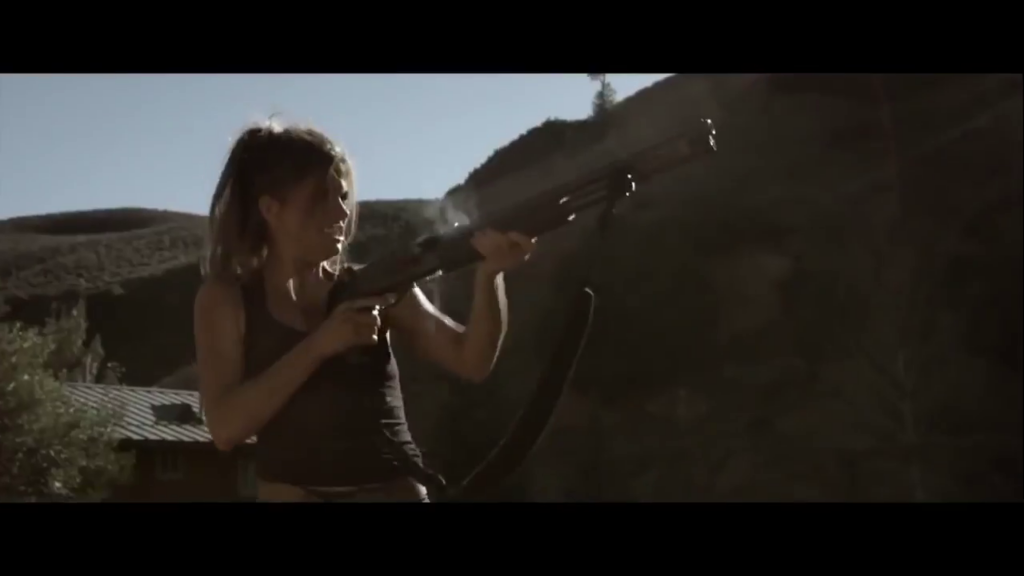
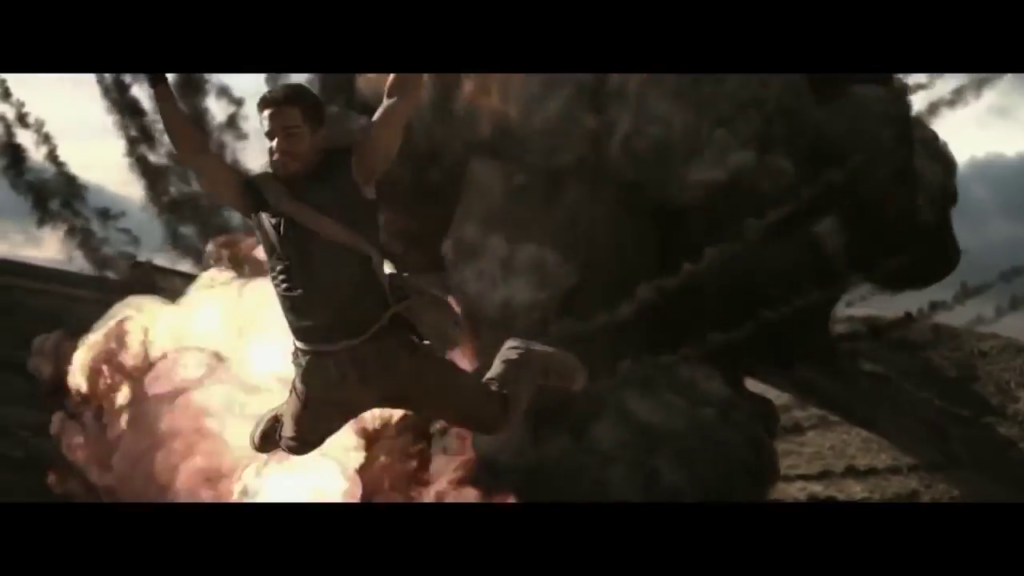
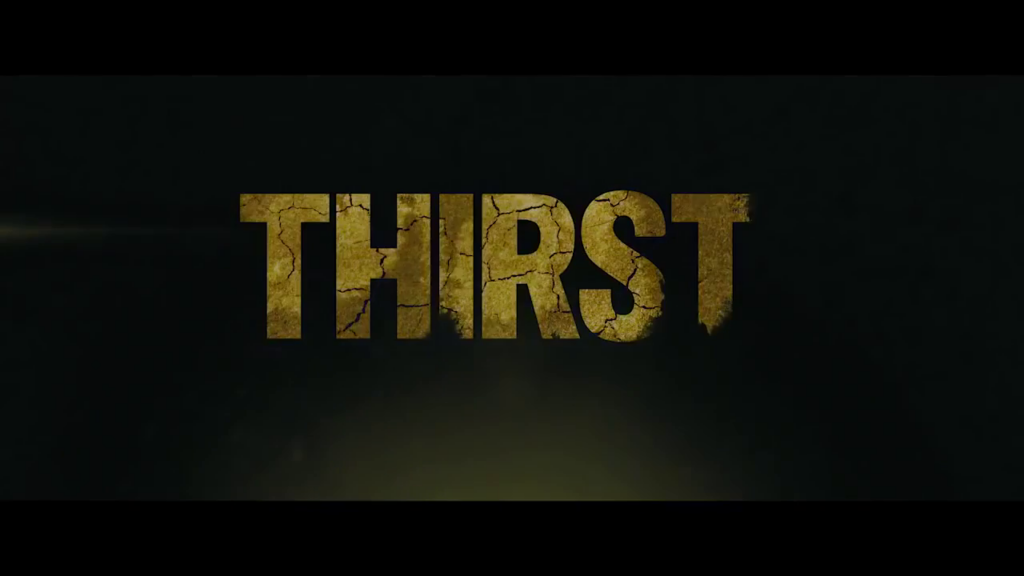
Thirst (2015)
Film review #620
Director: Greg Kiefer
SYNOPSIS: A group of young delinquents are sent into the wilderness to a couple who aim to toughen them up and make them responsible members of society by hiking through the wilderness. Unfortunately, lying in wait is an alien creature that aims to suck them dry, and with no means to contact the outside world, the group must try to survive before they are all hunted down…
THOUGHTS/ANALYSIS: Thirst is a 2015 sci-fi horror film. Opening up like every other horror film, we see an nameless character get murdered after discovering some sort of alien blob…thing. Cut to the film proper, a group of delinquent youths have been sent by their parents or whomever to the middle of the Californian wilderness (i.e. nowhere) to be subjected to a ten-day hike by a couple who run a business of toughening up such youths to make them productive members of society: that’s the story anyway, but it seems very dubious and highly illegal. Anyway, the group eventually stumbles upon an alien that wants to suck people dry (?), and they must find a way to survive and escape. It is, in short, every other creature/monster-based horror movie, with no real surprises or novelties to make it interesting. The plot points are predictable, and a lot of the film is just a lot of shouting and running around the middle of nowhere without being able to generate any real sense of atmosphere or terror. It’s not even hilariously bad, it’s just boring and nonsensical.
The characters are the usual bunch of horror unlikeable stereotypes: they don’t really develop as characters, and their deaths aren’t really impactful. One character in particular does virtually nothing and survives near to the end of the film, and I wonder if someone just forgot to do anything with them. Killing off the two “adult” characters could have been an interesting twist that forced the younger ones to grow up, but it doesn’t really happen. The alien is obviously a Xenomorph rip-off with no attempt to be original. For some reason, it’s also half-metal, which makes no sense. We’re given no sense of what this alien is or how it works, which isn’t too much of a deal insofar as we don’t need to know it’s motivations, but it would be nice to give the alien some substance to make it stand out.
Obviously made on a budget, the film just consists of the cast wandering about in the middle of nowhere as mentioned, and the special effects are unconvincing at best. No jump scares, no atmosphere, no tension, and no originality, Thirst won’t quench the need for a good horror.
-
#616 – D-Railed (2019)
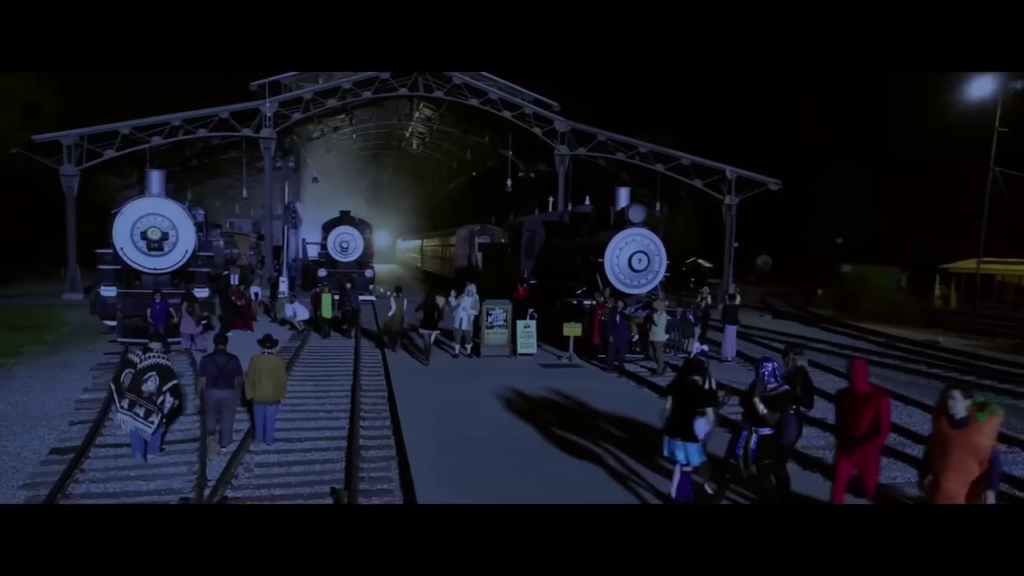
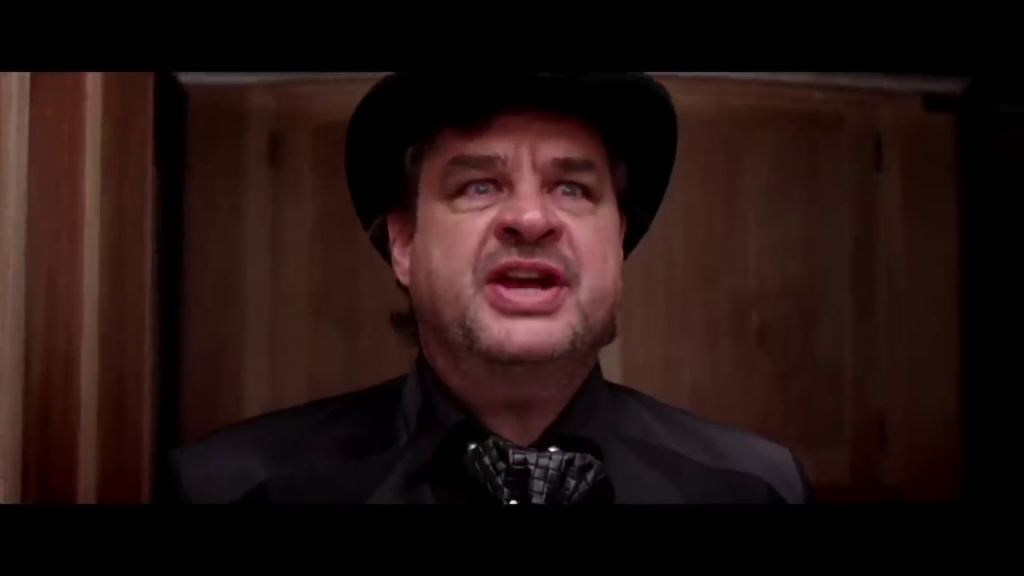
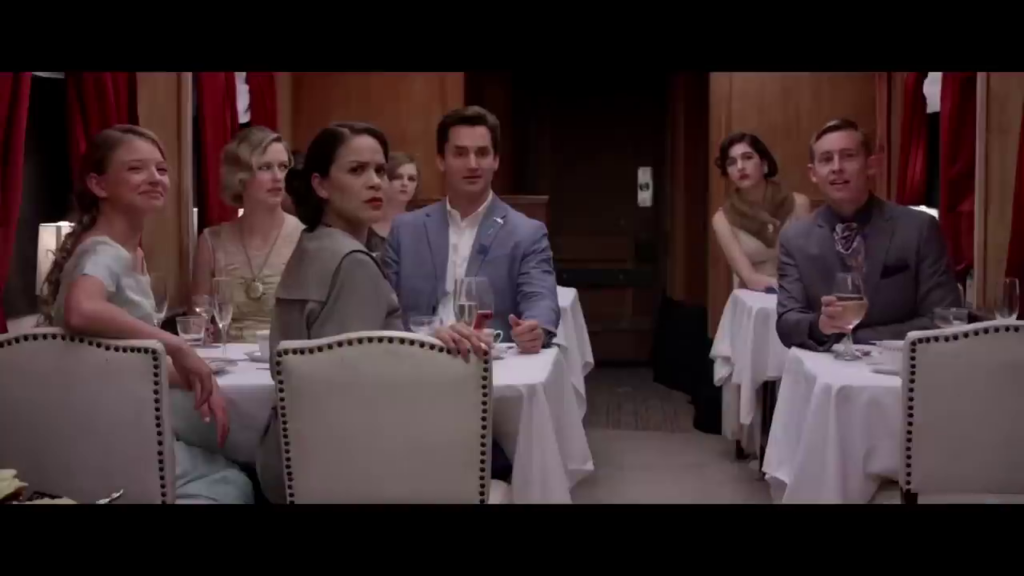

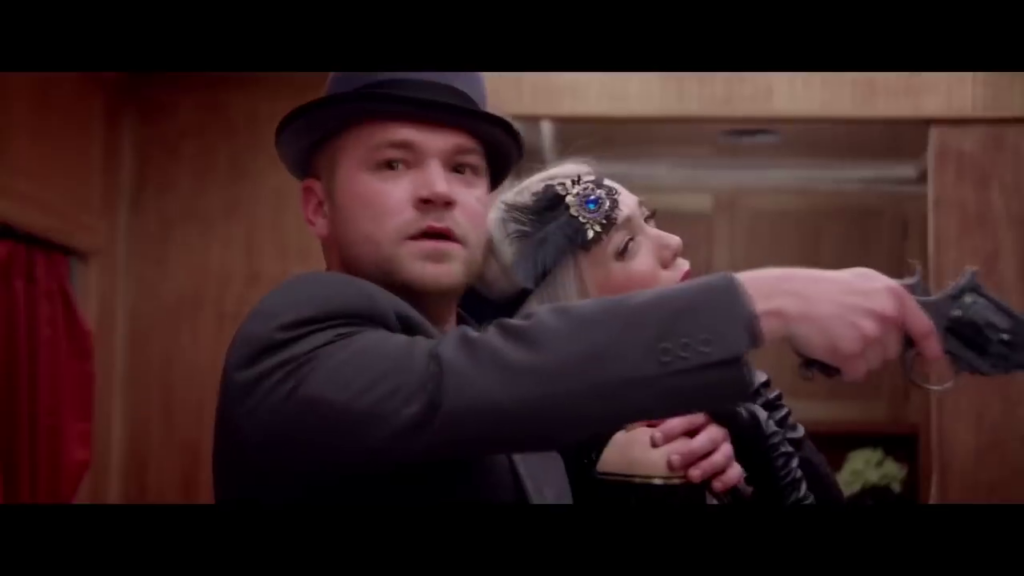
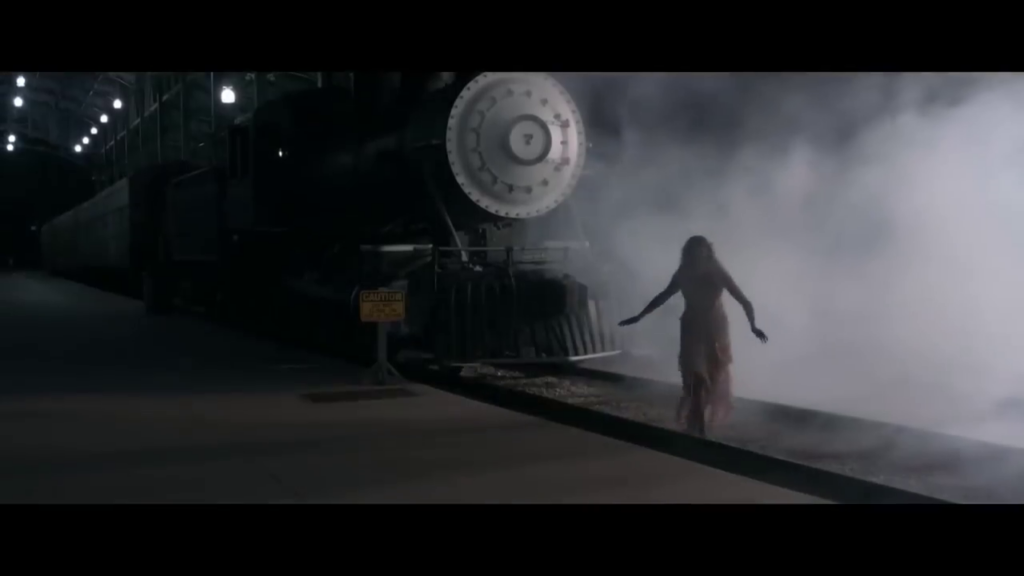
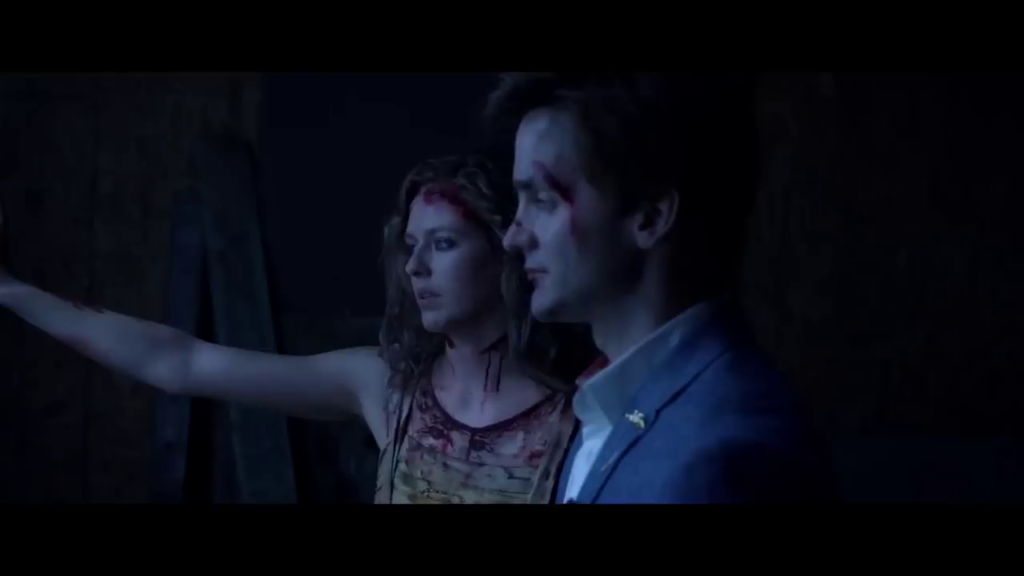
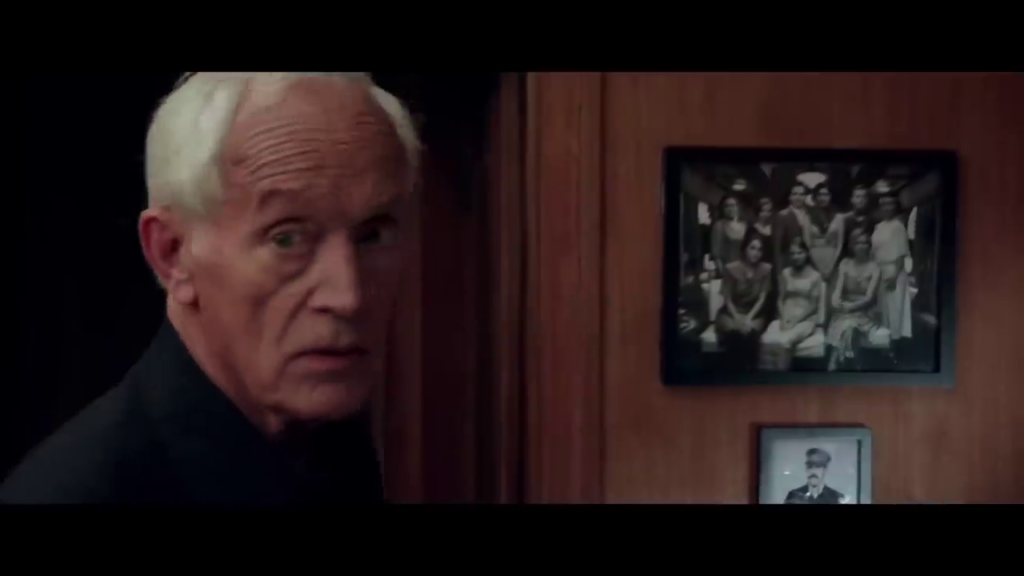
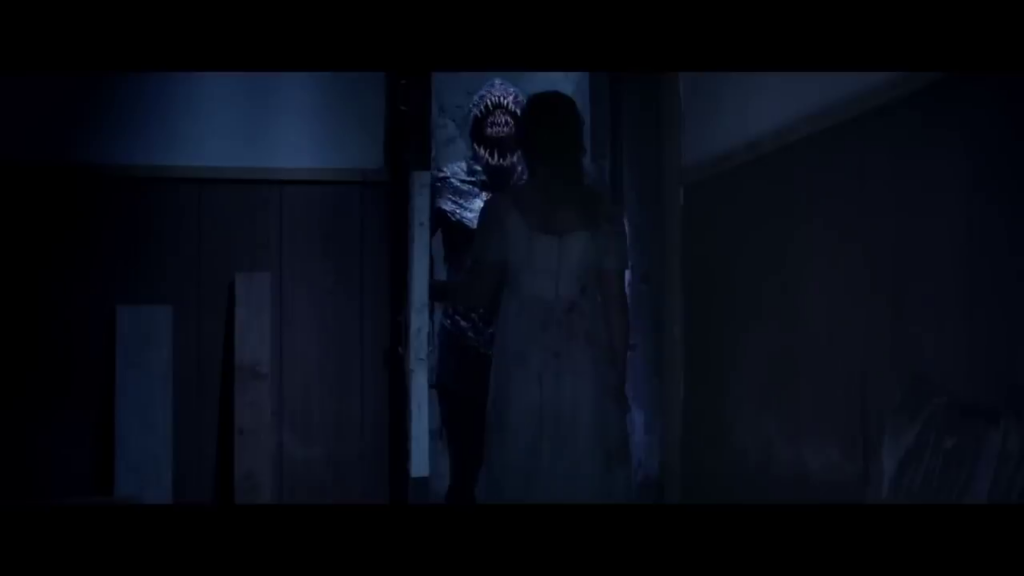
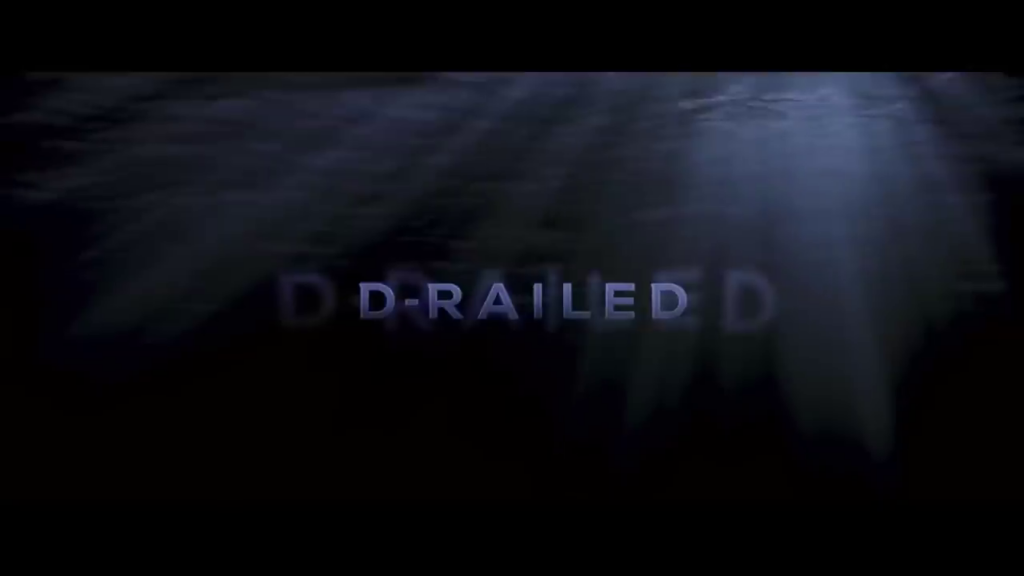
D-Railed (2019)
Film review #616
Director: Dale Fabrigar
SYNOPSIS: A murder mystery event takes place on board the train, and the guests find themselves caught up in a robbery, as what is real and what is performance starts to be called into question. The train derails into a lake, where a sinister monster is waiting in the waters ready to pick the survivors off…
THOUGHTS/ANALYSIS: D-Railed is a 2019 horror film. Starting off with a murder mystery event being held on a train, the participants get on board and are introduced to the event, and from there, things quickly spiral out of control, as a robbery takes place aboard the train, and the line between what is real and what is part of the event quickly blurs. Honestly, or a low budget affair, the opening act is pretty interesting: the question of what is part of the act and what is real becomes impossible to discern as the action moves pretty fast. Perhaps the characters could have questioned what was real and what was not a bit more, as they just suddenly swap from one to the other, but as viewers, it certainly has a least some intrigue that pulls you in.
Eventually, the train derails and lands in a lake, where a monster starts picking off the survivors. This is where the film itself starts to literally derail as well: the whole blurring of what’s real and what is dropped, and instead we just get a monster coming out of nowhere that starts picking people off quickly, with no real time to make the deaths meaningful. The monster itself is not established in any significant way: there’s no deep lore, mythos, origins, or reason for it to exist, so it doesn’t have much presence as a character. The film’s premise (based on the trailer anyway) is that the characters are trapped on a railway carriage in the middle of a lake as a monster lurks below the water. However, this forms the basis for about ten minutes of the film, as it feels like it quickly runs out of ideas of what to do on a railway. They also rather quickly establish that the shoreline isn’t too far away, so it makes it much less of an issue when they can just swim to the shore.
The survivors make their way to an abandoned house or something, where they’re all picked off by the monster until one remains, who manages to escape back to railway station where the train departed, asking one of the attendees for help. However, in the final twist, it turns out (spoiler) that the murder mystery event actually took place one hundred years ago, and there were no survivors, so the attendee saw a…ghost or something? Here’s the main problem with this film: absolutely nothing is explained or justified. We don’t know anything about the monster, the survivor, anything. In some films you can leave things up to interpretation, but this is not one of them. It explains that the murder mystery event actually took place one hundred years ago and…just stops, expecting us to be satisfied with that. There is no payoff to sitting through this jumbled mess of a film.
The sets are clearly all constructed from plywood, and the monster design isn’t really that convincing. CG effects too are lacklustre, and all this jus adds up to a jumbled mess of a film. I stand by that the premise of the opening act is at least intriguing, and handled well in terms of pace and editing, but the film quite literally derails when the train itself does, rushing too quickly ahead and burning itself out before trying to tie everything together at the end with a barebones explanation that goes nowhere far enough to justify the viewing. Train wreck.
-
#588 – Crawler (2009)
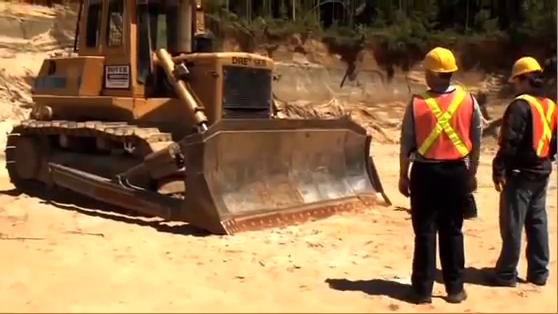
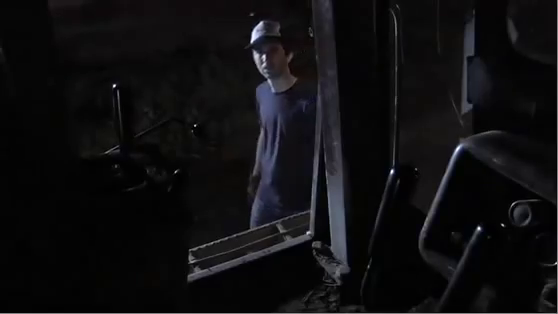
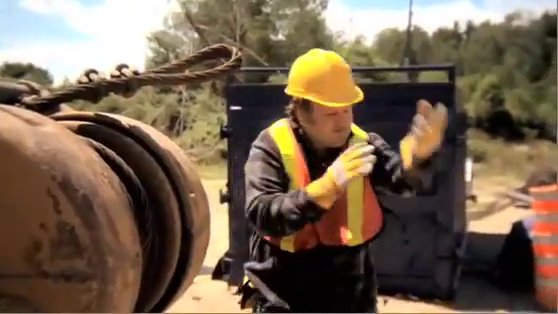
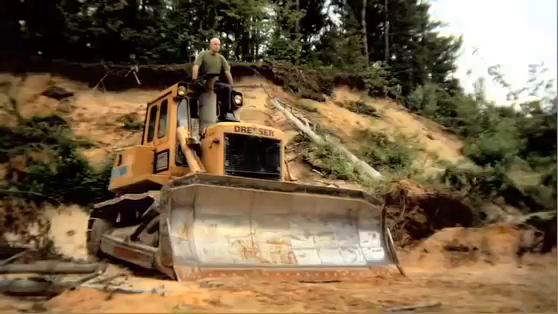
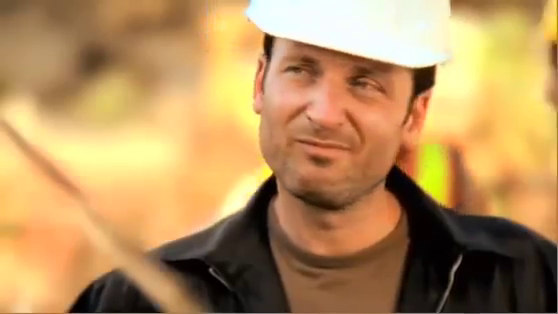
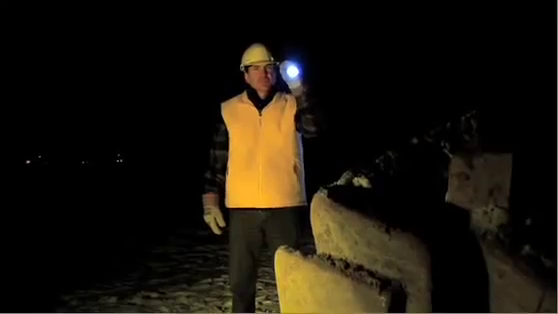
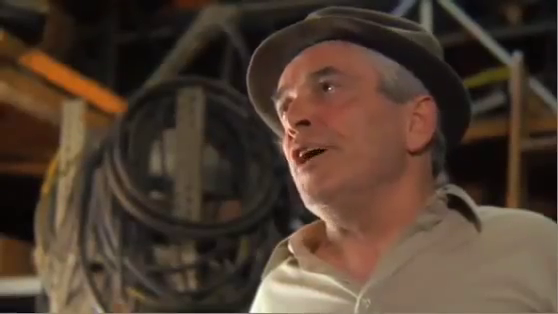
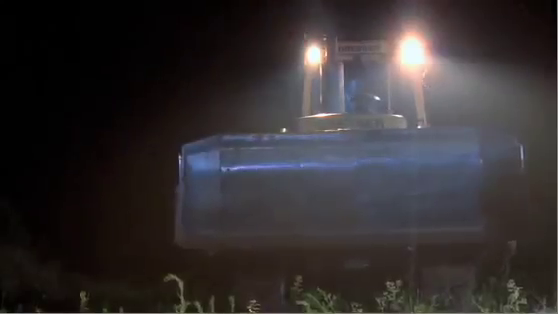
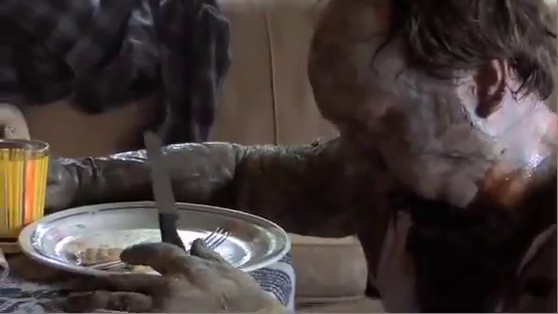
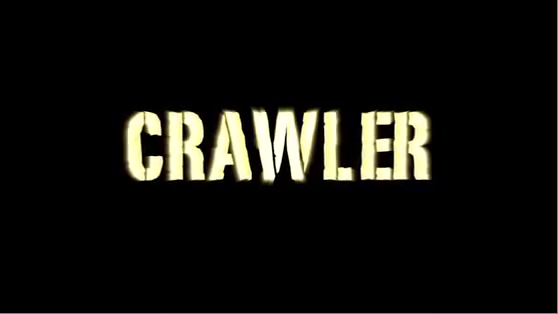
Crawler (2009)
Film review #588
Director: Sv Bell
SYNOPSIS: A construction site hires a bulldozer, but due to a mishap, they get sent the wrong one. When strange things start happening on site and people start disappearing, it seems that, somehow, this bulldozer is at the centre of it all…
THOUGHTS/ANALYSIS: Crawler is a 2009 sci-fi horror film all about a killer bulldozer. The whole concept might sound absurd, or it actually might sound familiar, as the 1974 TV movie Killdozer centred around the same concept of a killer piece of construction machinery. This time, a bulldozer is hired for a construction site, but because the driver was late picking it up, it went to someone else. Desperate, the guy tries to convince the guy to rent him another one which is apparently not available for rent. The next day, the bulldozer shows up at the construction site, with the driver nowhere in sight. When a number of strange happenings occur at the site, the workers suspect, however implausibly, that the bulldozer is somehow involved. The plot works it’s way up very slowly, comprising early on of scenes of dialogue between characters that fail to ingratiate themselves to viewers or stand out in any real way. It is worth remembering that the whole thing is a little tongue-in-cheek and knows it has limits, but it nevertheless plays it straight throughout. The concept of the killer dozer is unique enough (save for the aforementioned TV movie), and the film does eventually develop along lines you might not expect, but there’s nothing too memorable about the story.
The strengths of the film are in the practical effects: the alien elements are fairly detailed, and the gore is pretty convincing, although it often looks like unrecognisable mush. The weaknesses of the film stretch from the monotone delivery of the lines from the acting, to the poor lighting and editing of action scenes which is composed of random short cuts that fade in and out, and disrupt any sense of flow. The bad certainly outweighs the good, and overall Crawler, while having a few good points, has little going for it either in being so-bad-its-good, or actually creating a a decent horror story. A severe lack of tension and urgency, both due to the sluggish pace of the film and the flat delivery of the actors, make it a dull and uninspiring experience.
-
#587 – Goosebumps 2: Haunted Halloween (2018)








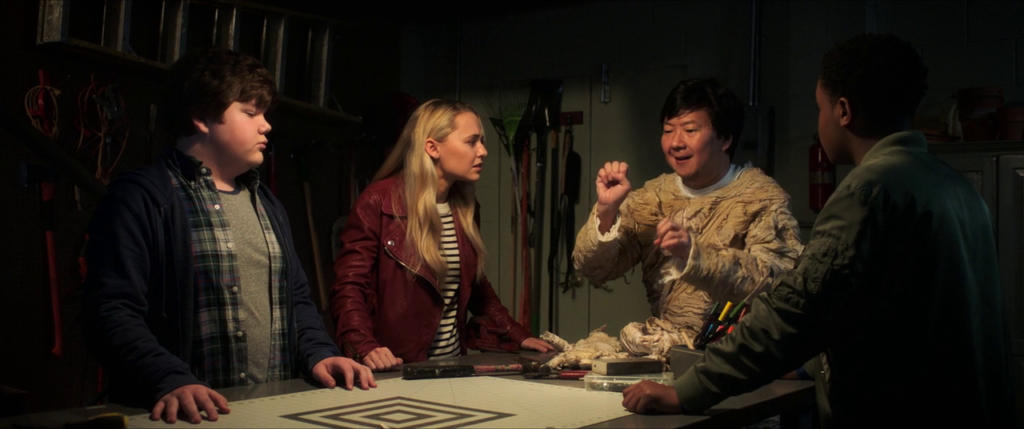

Goosebumps 2: Haunted Halloween (2018)
Film review #587
Director: Ari Sandel
SYNOPSIS: Teenager Sarah Quinn is struggling to write an essay for her college application. Meanwhile, her brother and his friend find a mysterious book at an abandoned house, which when opened releases Slappy, an evil dummy, to appear. Slappy is more than just a dummy though; he is alive, and sets about unleashing all sorts of monsters just in time for Halloween. It’s up to Sarah and her brother (and his friend) to stop Slappy before he unleashes pure chaos on the town…
THOUGHTS/ANALYSIS: Goosebumps 2: Haunted Halloween is a 2018 film and a sequel to the 2015 film Goosebumps, based on the series of horror stories written by R.L. Stine. Set three years after the first film and in a different location, we see teenager Sarah Quinn trying to write her college essay, but is constantly distracted by her Mother wanting to babysit her brother and his friend, who is stopping with them over Halloween. The plot revolves around Slappy, the evil dummy who was the villain the previous film, being released from one of R.L. Stine’s unfinished books, and does what he does best: unleashes monsters and horrors of all sorts to terrorise the town, leaving Sarah and the others to stop him. The plot is very similar to the first film, but while the first one managed to offer a twist that made things interesting with the Goosebumps books themselves forming part of the story, here that little unique twist is absent. The film revolves around an unfinished story by R.L. Stine called “Haunted Halloween,” which apparently was an early book that was very rough and unfinished, so the monsters that are unleashed have that feeling of being unpolished. This does, however, have the feeling of making the film also rough and incomplete, with the story feeling very weak and uninspired. There’s certainly a way to make the premise work without it bleeding into the quality of the film itself, but as it stands, the film ends up being feeling underdeveloped, and desperate in needing a good rewrite or two.
The characters are all fairly unremarkable: while the first film was the same, it had Jack Black as R.L. Stine to bring everyone together and inject enough energy to keep things interesting. Here, we get no such thing: Jack Black does appear in a scene halfway through and at the end to somewhat explain everything, but in teasing him in this way without actually doing anything probably hurts the film more than anything. While Jack Black was such a prominent role in the first film, here, it would probably have been better if he wasn’t in it at all, if all he does is show up at the end and explain everything, leaving a feeling of disappointment you’re not going to see him do anything interesting. The whole subplot about Slappy wanting a family wasn’t something that was a part of the first film, so it just feel like it comes out of nowhere, and doesn’t further his character in any way. Overall, Goosebumps 2 is a very unpolished film that fails to get going in any way: the enjoyable elements of the first film are gone and we are left with a predictable, low-stakes story that offers nothing that the previous film didn’t.
-
#519 – Rawhead Rex (1986)
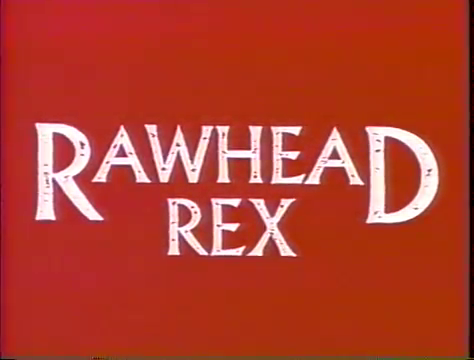
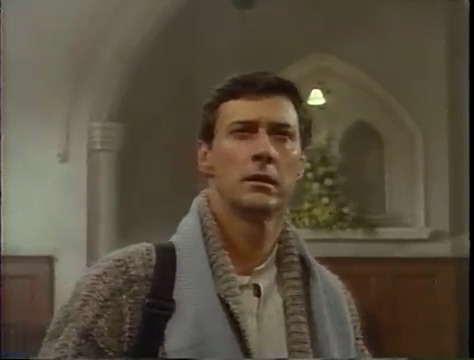
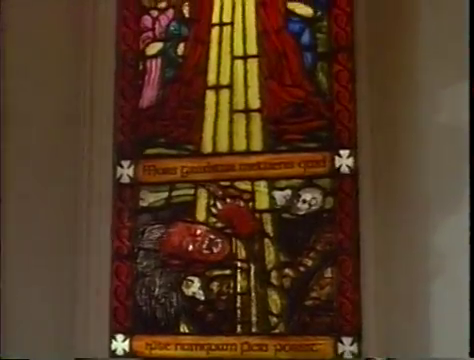
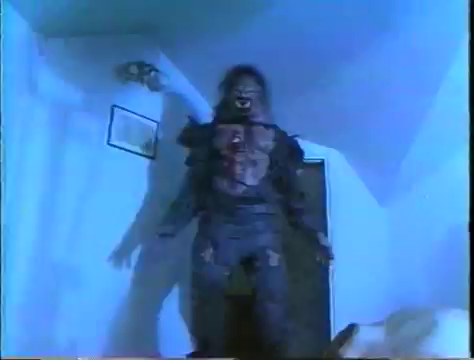
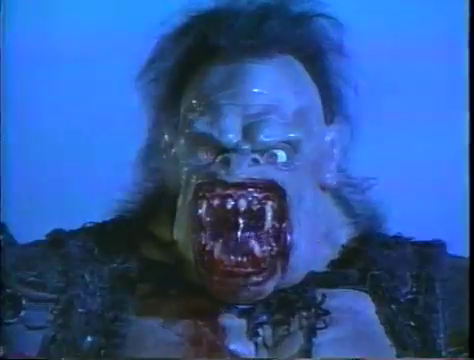
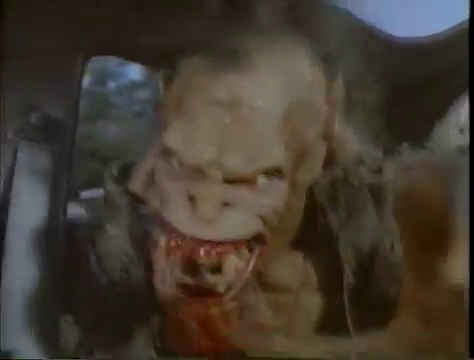
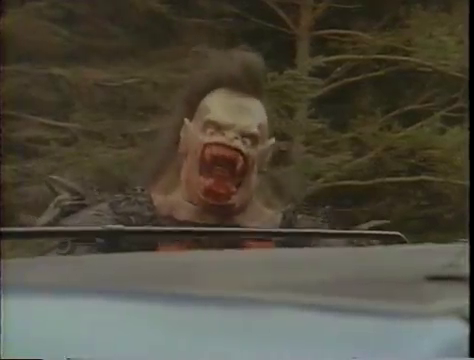
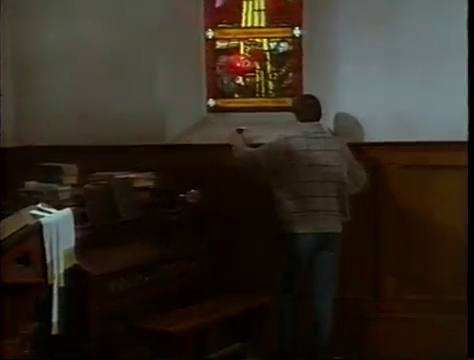
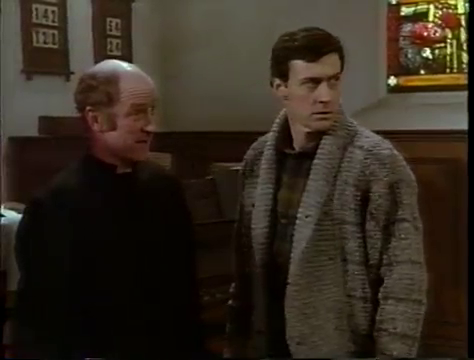
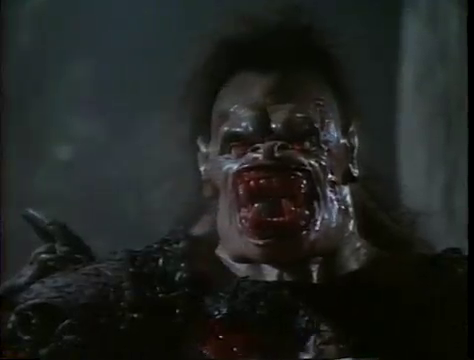
Rawhead Rex (1986)
Film review #519
Director: George Pavlou
SYNOPSIS: Howard Hallenbeck has taken his family on a trip to rural Ireland to do some research for a new book about the pagan deities of the area. Unfortunately, while he is there, the very kind of monster he is researching is released from it’s prison, and goes on a murderous killing spree. It becomes a race against time to stop the monster before everyone in the small town is slaughtered…
THOUGHTS/ANALYSIS: Rawhead Rex is a 1986 horror film, based on the short story of the same name by Clive Barker. The story centres around Howard Hallenbeck, who is visiting a rural town in Ireland with his wife and two children to research ancient folklore there for a new book he is writing. If this sounds like the opening plot to countless horror films, then you are spot on. you can also extend this to the rest of the film, as the whole experience feels very familiar and formulaic. Basically, an ancient demon is released from it’s prison and starts killing people in the village, leaving the authorities and the main cast to figure out what is going on. The plot unfolds very predictably: the monster kills, the cast try and figure out what goes on, and there’s very few surprises. Most of the kills are characters that haven’t been established or introduced properly, so there’s little investment in what happens to them. The lore behind the monster is never gone into in any real detail, and the occasional bit of gore and one brief bit of nudity just don’t leave any impact, nor do they escalate or build towards anything. The film feels like it has the fundamental building blocks, but never builds upo0n them, nor draws them together.
The monster, Rawhead, is based on a fictitious monster of the same name, but apart from said name, there doesn’t seem to be any real connection between the two. As mentioned, there could have been a lot more done with building the lore and have it impact the plot, but it essentially boils down to a mixture of paganism vs Christianity that offers little insight into either. Rawhead’s design is probably the thing that will ultimately make a viewer not take this film seriously: it is a pretty silly rubber mask which no real prosthetics or moving parts, and it never seems convincing. It also never seems too threatening either, since no one ever really has a chance to fight it, and just surprises people who can’t fight back, so we can’t really gauge it’s strength and ferocity. This is also true in the ending, in which the monster is simply resealed by a stone…thing, and the big twist is that a woman needed to use it (?), resulting in a climax which is just a bunch of CG chain things flying about and slowly imprisoning the monster. Again, there’s no real face off with the monster, so we don’t get a sense of it’s power and why we should fear it.
Other than the bare plot and monster design, the acting is for the most part fine, but there are a number of slip-ups, particularly with the accents, which you will undoubtedly notice at least once or twice. Apart from that, everything else is fine, just bland and unoriginal. Clive Barker, the writer of the original short story and the screenplay version, did not like the outcome of the film (unsurprisingly), and so took more control over the next film he wrote: which was the very successful Hellraiser. If you’re interested in Barker’s filmography, maybe you could give this a watch, but it has no other distinguishing features to mention.
-
#511 – Killdozer (1974)
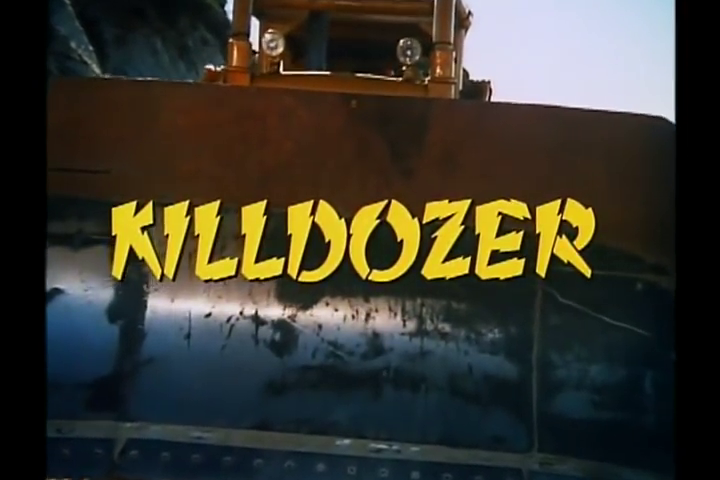
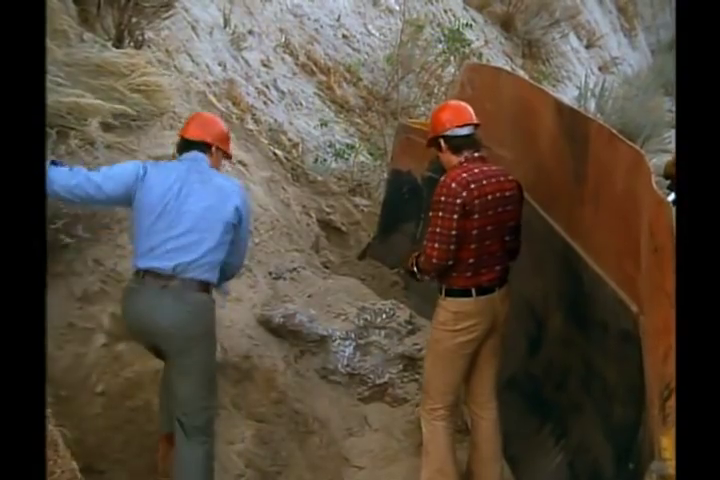
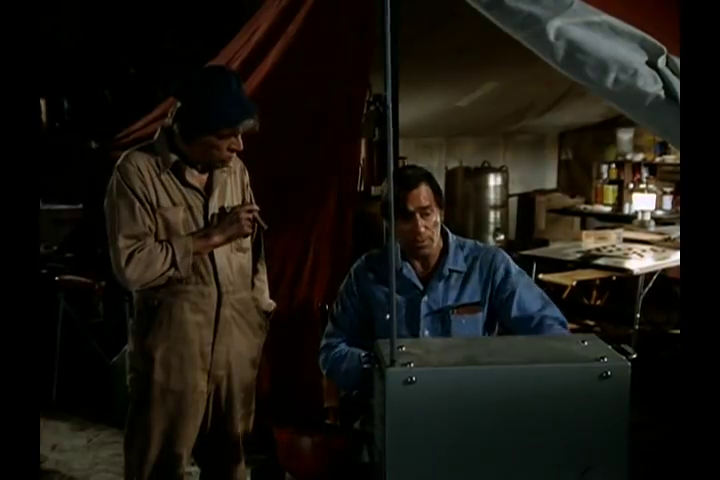
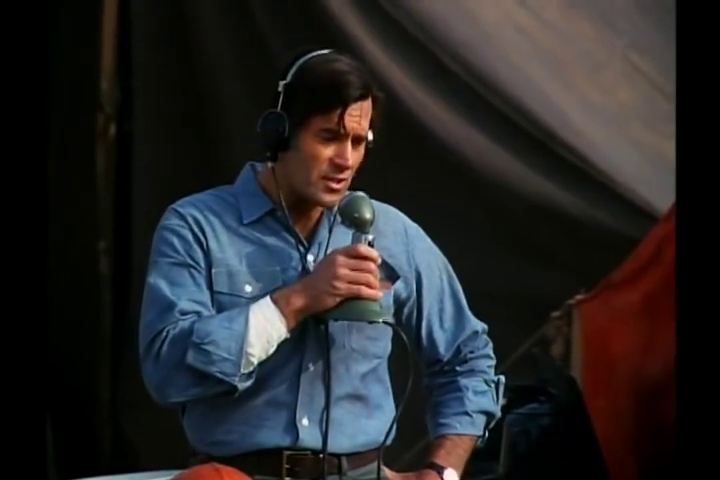
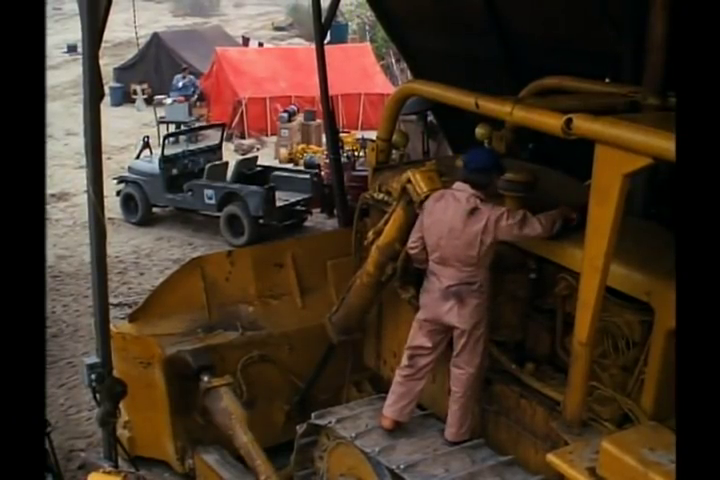
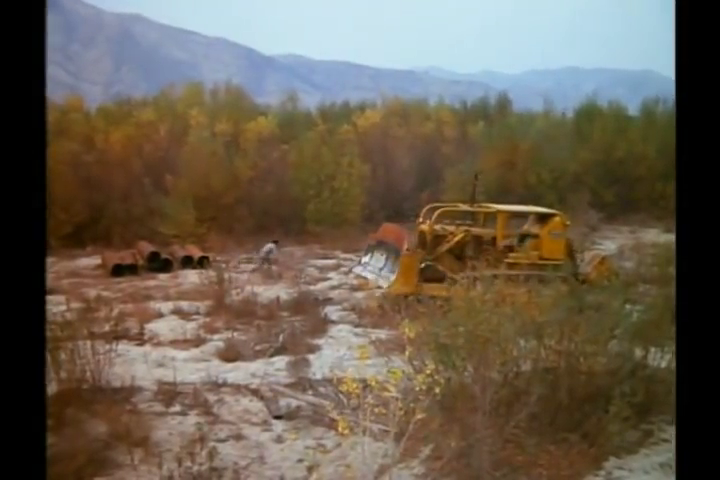
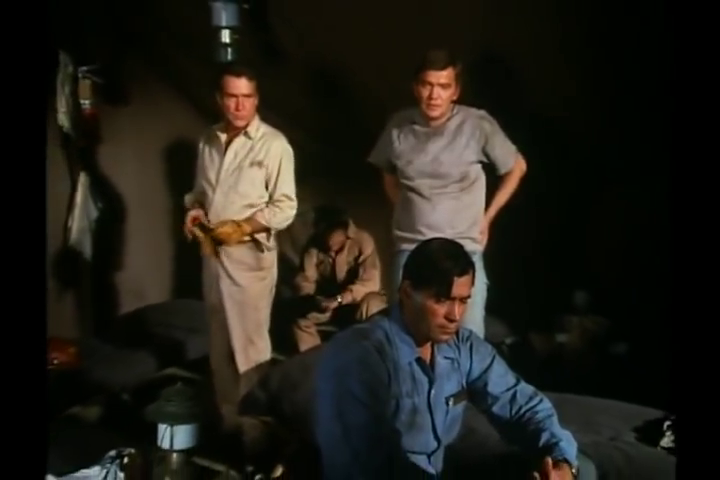
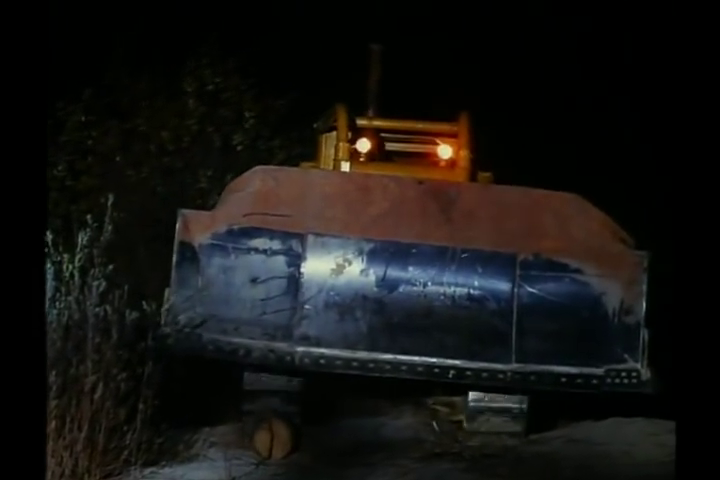
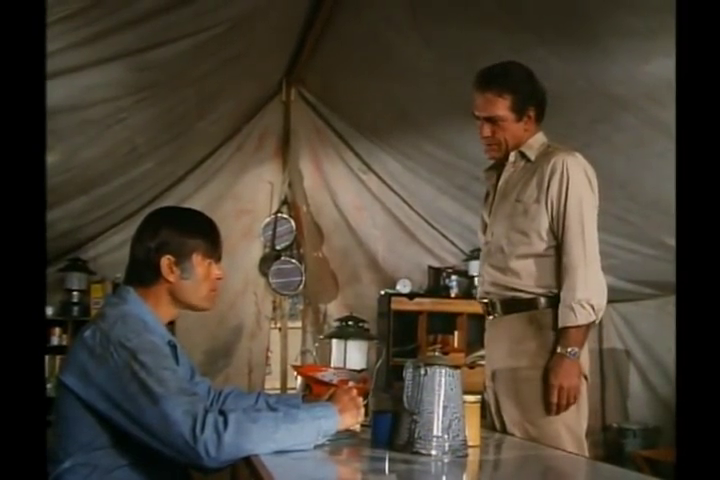
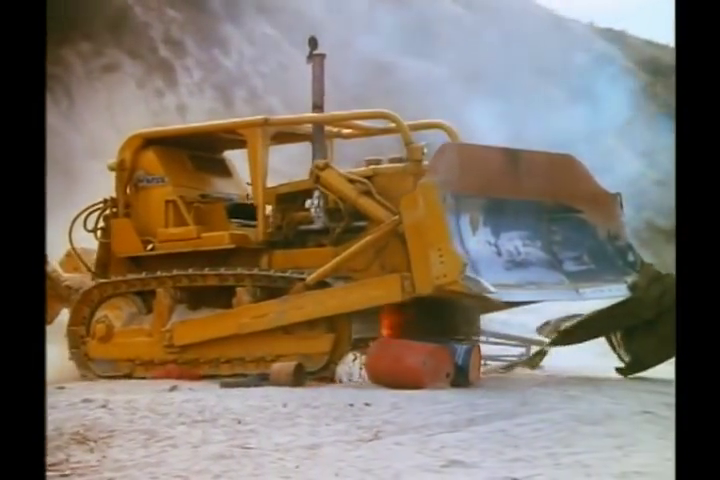
Killdozer (1974)
Film review #511
Director: Jerry London
SYNOPSIS: At a remote construction site, a group of workers uncover a strange meteorite while using a bulldozer. This vehicle becomes possessed by the strange energy from the rock, and begins killing off the workmen at the site. The survivors must find a way to survive and put a stop to the rampaging vehicle before it bulldozes them as well…
THOUGHTS/ANALYSIS: Killdozer is a 1974 TV movie which, as the title suggests, is about a killer bulldozer. The film is a typical sci-fi horror film, with the less typical set-up of the big bad being a construction vehicle. Nevertheless, the plot unfolds as you would expect, with the bulldozer killing off the workmen at the site one by one as they try to work out what is going on and how to survive. The premise of the villain being a bulldozer is the only unique aspect of the film, and as you might imagine, it brings with it a whole host of implausibility about the whole set-up. The film is based on a remote island with only one two-way radio, so when it is destroyed by the bulldozer, they have no means to communicating with anyone (back in 1974 when nobody had mobile phones…). This isn’t the really big problem though: it just seems like a killer bulldozer would not be that much of a threat, given both how slow it moves, and also that it would not be able to get up large inclines. As you might suspect, the characters don’t really seem to consider this, and keep meeting their end with the bulldozer slowly ploughing into them. The film does try to justify it’s decisions and emphasise the futility of the situation, but in a film about a killer bulldozer, you’re never going to be completely convinced of the severity of the entire situation. Then again, it’s a very no-frills production, with a lack of special effects that gives it a gritty rootedness, which makes it in a roundabout way, more believable.
The characters are a group of pretty down-to-earth characters: being a group of construction workers, they all have a similar outlook and mindset. As such they don’t all have distinct personalities on a trope-per-character basis, but while they all overlap, that makes sense given they all have the same job and are all put into the same situation. Clint Walker and Robert Urich as the leads have just enough differences in their personalities to make a dynamic, conflicting relationship form between the two of them, but that’s all the character development you really get. As you might expect, the bulldozer itself doesn’t have much of a character because…it’s a bulldozer. That’s not to say you can’t give murderous vehicles personality and make them scary, because there are quite a films that have done so (albeit after this film was released). I think if there was more of a logic to how the bulldozer was operating, or why it was running amok it would make it more interesting.
One of the more surprising aspects of the film is that it is actually based on a short novel released in 1944, and the basis for a comic adaptation released in the same year as the film. What is also interesting is that the writer of the novel, Theodore Sturgeon, did the re-write of the film too. There’s a lot of changes from the novel, such as being set in the “present” rather than the “present” of the novel in WWII. Being a TV movie, the budget probably wouldn’t have been able to account for the origins of the energy that possesses the bulldozer; which in the original novel was a remnant of a weapon used by an alien race against the ancient race that lived on the Earth (the comic also explored this a little too). In a way, this actually helps the film, insofar as it keeps the film grounded and avoids any fantastical or ridiculous sci-fi elements that open it up to mockery or make it even more unbelievable. Killdozer is about what you would expect from a TV movie: a low budget production that is nothing particularly ground-breaking. This down-to-earth production actually helps the film rather than hinders it though, and sharpens focus on the characters and this bizarre situation they find themselves in. The whole premise is still absurd, and there’s definitely better “killer vehicle” movies out there, but this one works well with what it has.
